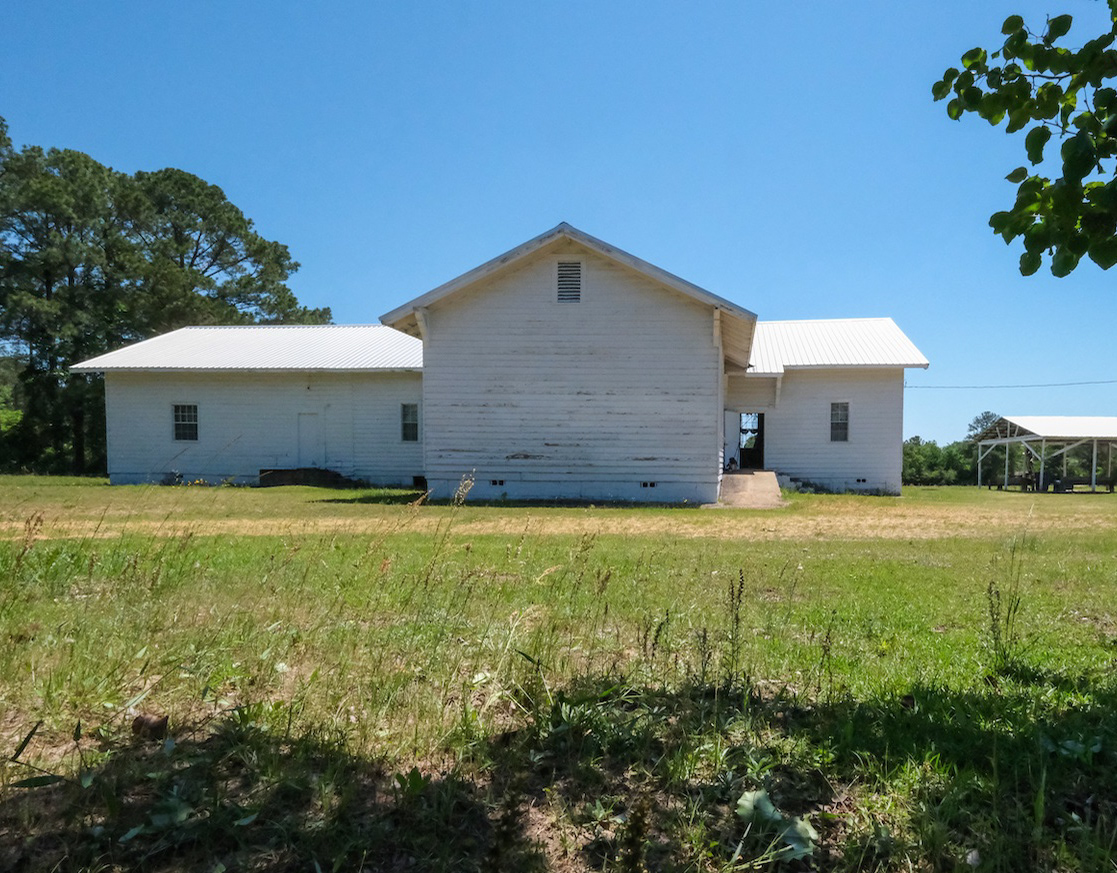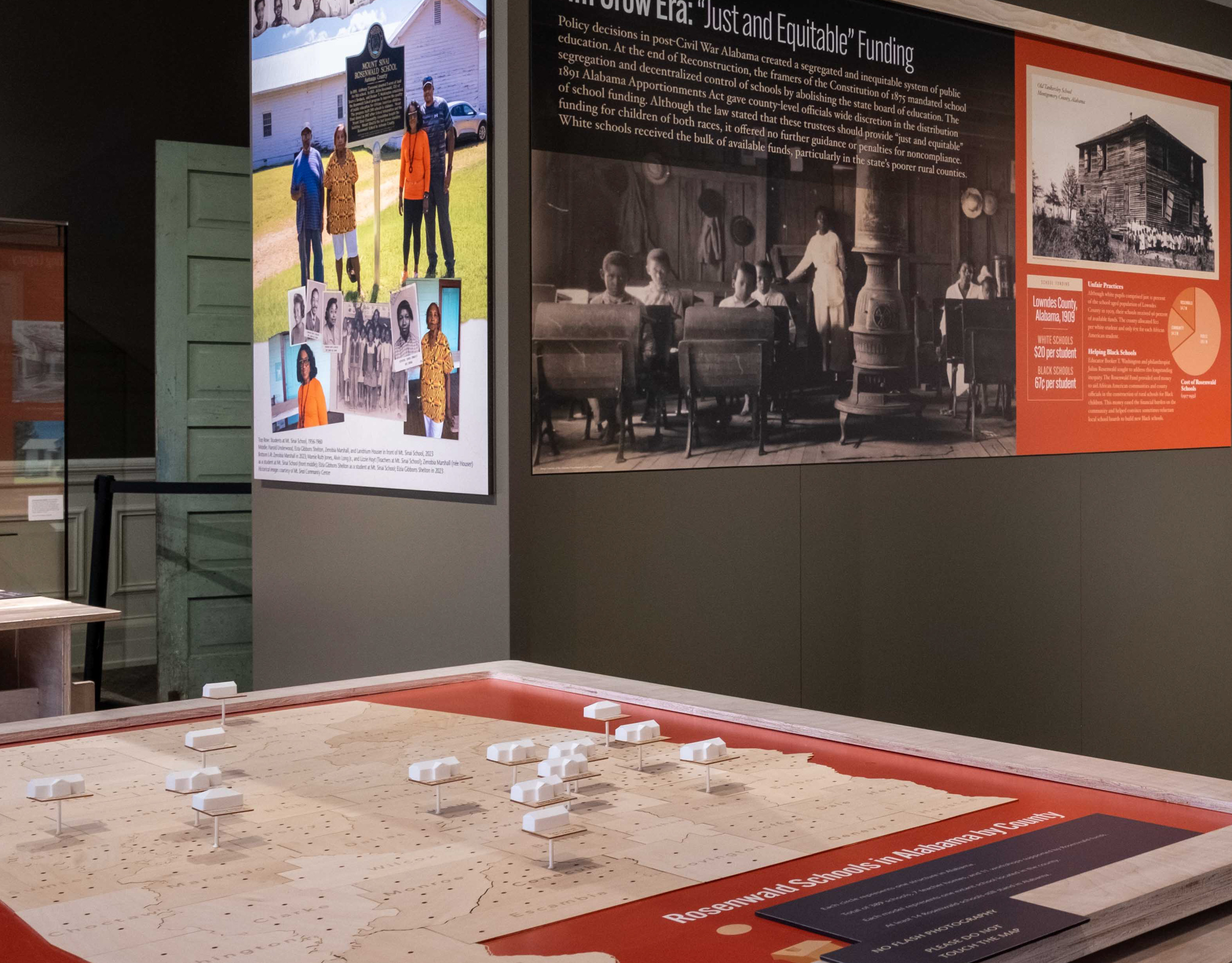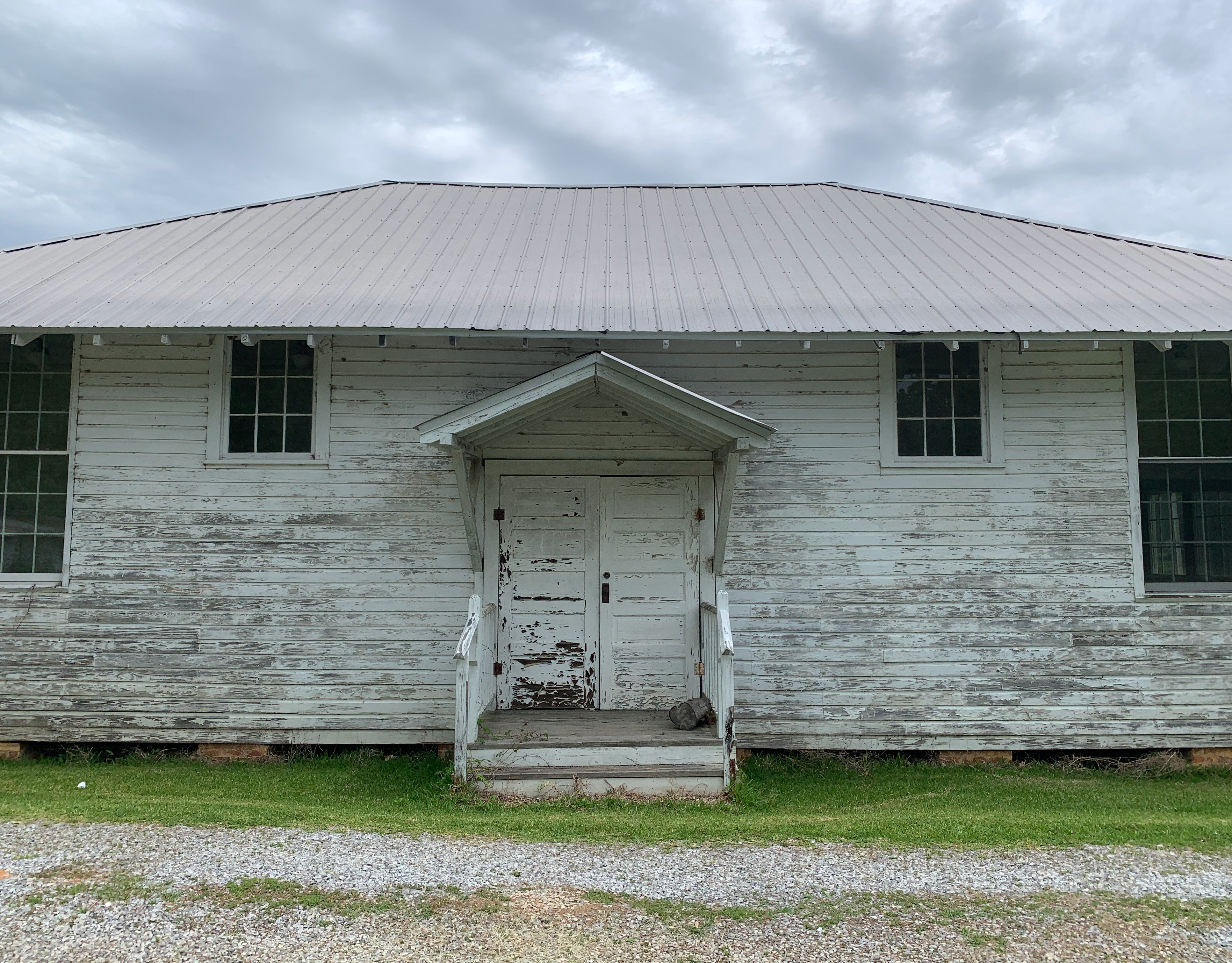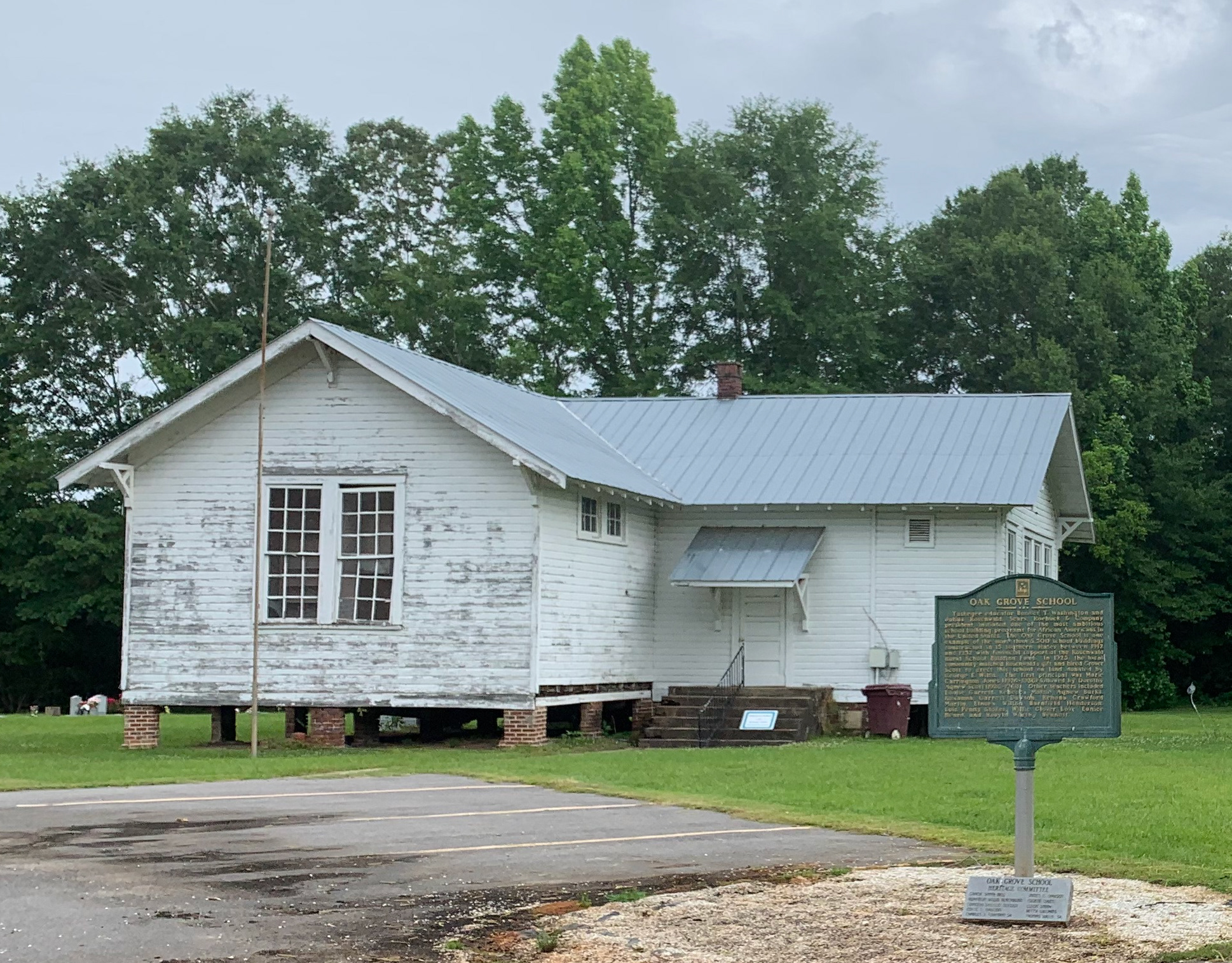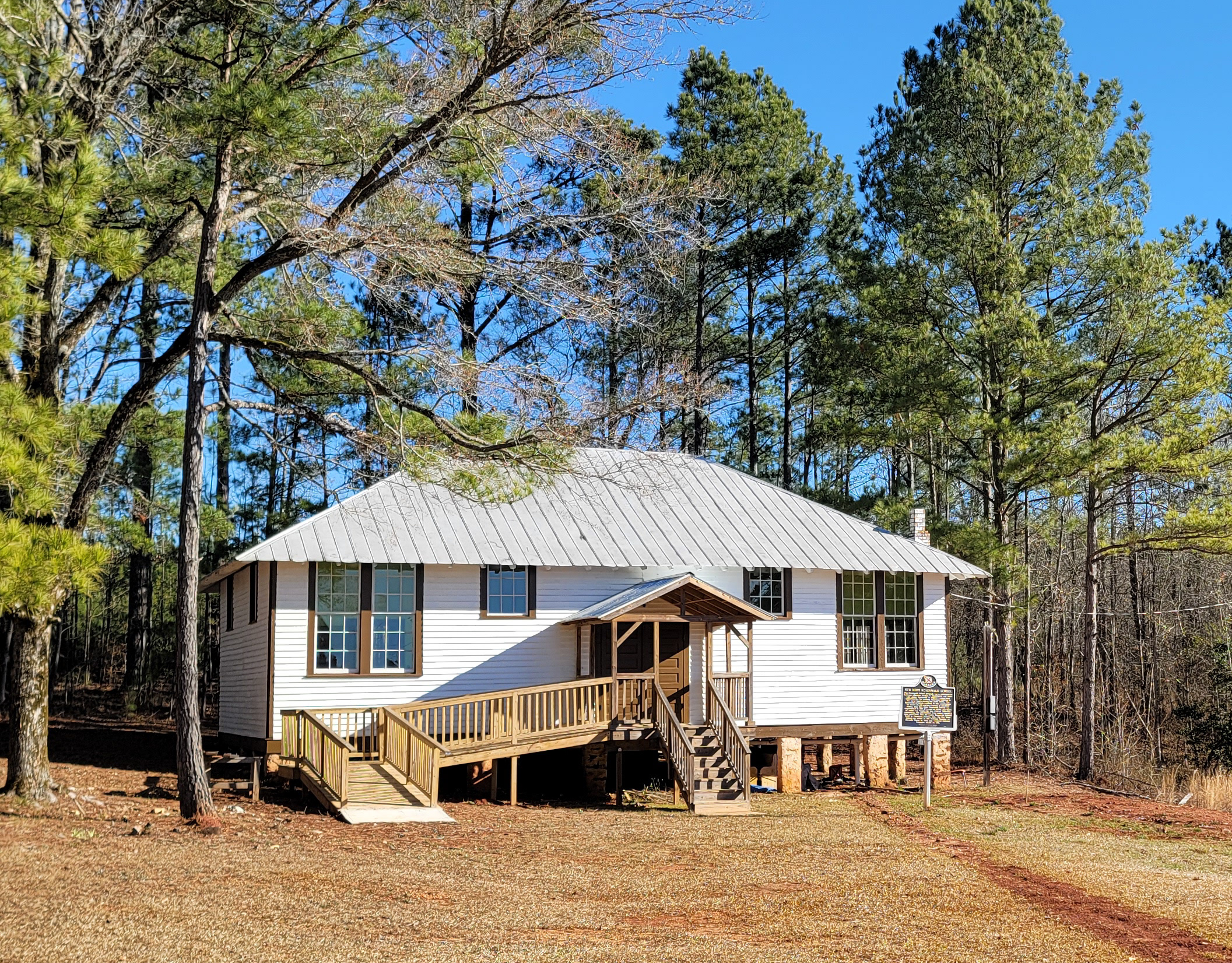Between 1914 and 1932, more than 5,000 Rosenwald schools were built across the rural South, over 400 of these in the state of Alabama. Through the leadership of Booker T. Washington, founder of Tuskegee Institute, and the philanthropy of Julius Rosenwald, President of Sears & Roebuck, the Rosenwald Fund was created to build schools and improve education of African Americans in the largely segregated and rural South. During decades of racial segregation and rampant public under-funding for African American education, Rosenwald schools afforded educational opportunity to children throughout Alabama and across the South.
In 1914, the very first of what would later be known as Rosenwald Schools were built in Alabama. Six schools were built in Lee, Macon, and Montgomery counties (Rosenwald, 2021). Following the success of the initial schools, in 1917 Julius Rosenwald established the Rosenwald Fund to oversee the establishment of new rural schools. Until 1920, the projects were managed by Tuskegee Institute, designed by W.A. Hazel, an architecture faculty member, and contributor to The Negro Rural School and Its Relation to the Community, 1915. From 1920 on, management of new schools shifted to an independent Rosenwald Fund office in Nashville, TN, where the design of the schools was led by white architect Samuel L. Smith, responsible for bulletins like Community School Plans, 1924.
The design of the Rosenwald Schools was innovative and efficient for the time, including passive systems: natural daylighting to take advantage of solar orientation, deep overhangs for shading, elevated foundations for natural ventilation, and movable partitions for flexible classrooms. According to the plans, "The building should always be set with the points of the compass, and the plan so designed that every classroom will receive east or west light” (Smith, 1931). Schools varied by type- one, two, and three teacher school types, so each community could decide which type met their individual needs. Because of the economy of means and ease of construction, many other schools, including all white schools, were built by following the same construction standards.
The success of the Rosenwald Fund came in part by the matching-grant program, which put responsibility and ownership in the hands of the community. The Rosenwald Fund provided seed money to fund a portion, communities raised a portion of funding and white school boards funded the remainder. By 1928, at the height of the matching-grant program, at least one in every five rural schools for black students in the South was a Rosenwald School. Some 40 percent of black children in the South attended a Rosenwald School at the height of the program's popularity.
Following the struggle to desegregate schools in Alabama, many Rosenwald Schools were abandoned when black students were integrated into the previously all white public schools. In 2002, the National Trust for Historic Preservation added the Rosenwald Schools on its list of historic places in peril (“America's 11 Most Endangered Historic Places—Past Listings). The exact number of remaining Rosenwald Schools in Alabama is unknown; however, the National Trust estimates that between 10-12 percent remain across the South (Hoffschwelle, 2006). Today, preservation efforts of the Rosenwald Schools in Alabama have been primarily reactive, rather than proactively seeking out sites across the state. Only seven of the original 400 Rosenwald Schools in Alabama have been listed on the National Register of Historic Places. The Alabama Historical Commission does not currently have an inventory of existing Rosenwald Schools in the state and will be willing to support the effort of this project to develop a comprehensive list. Given the age of the buildings and the materials for construction, many of the remaining schools are under significant risk of substantial structural deterioration. Timber framing used to construct the buildings does not contain wood preservatives to mitigate the risk of damage from insects, fungus, and excessive moisture. Additionally, water intrusion through the roof, walls, or windows is a significant contribution to the decay of the interior condition of the schools. Considering these risks, the need to document these buildings is extremely urgent.
By revealing the Rosenwald Schools and their origins, the impact of segregated education in the South is documented, highlighting the values embodied in the architecture. These schools represent the education of a new generation of African American thinkers and are considered by economists to have created the African American middle class. The Rosenwald Schools laid the groundwork for the Civil Rights movement, including alumni such as poet Maya Angelou and Civil Rights Leader and US Congressman John Lewis, among other notable figures. As these schools fall into disrepair and collapse, the cultural artifacts of the architecture are lost.
